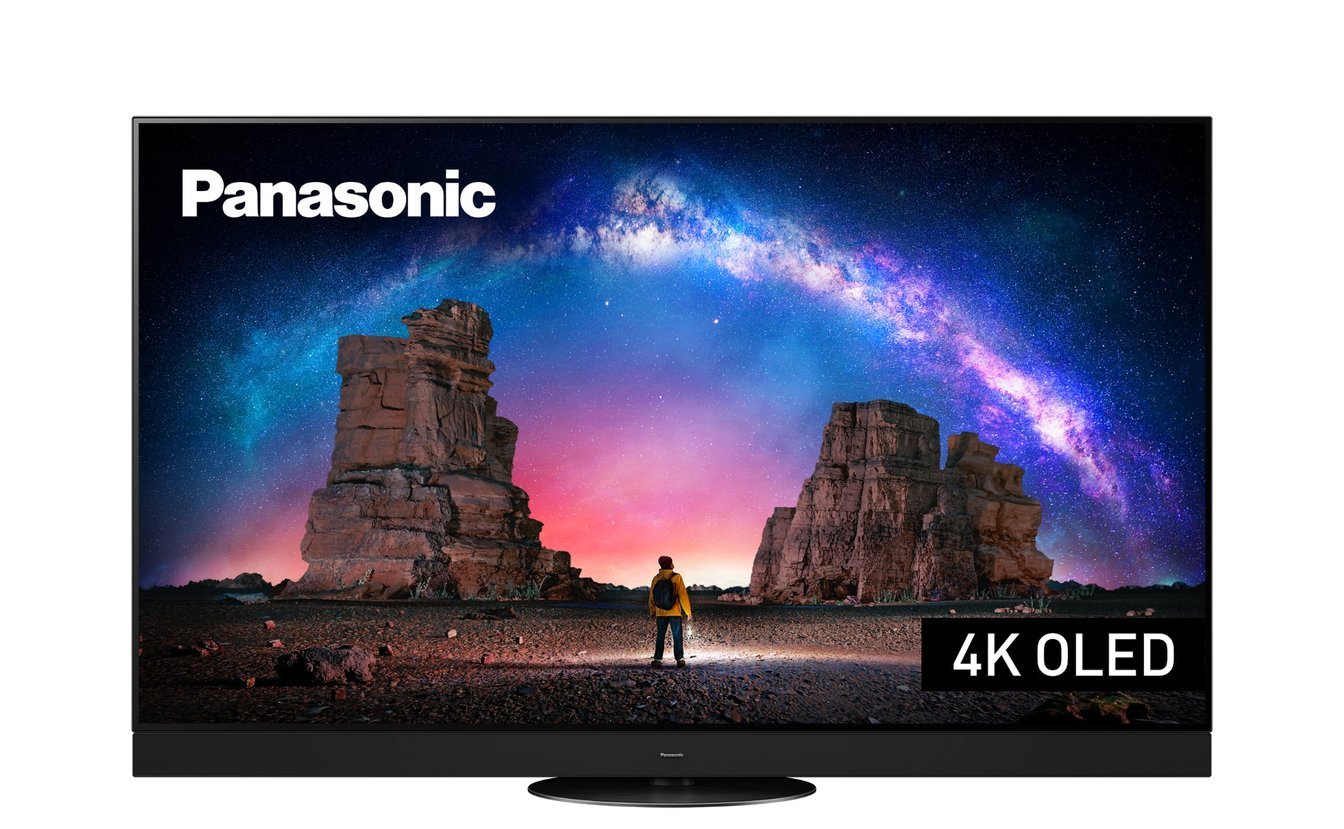Panasonic insists that it will deliver its “best and brightest” ever picture with its new flagship OLED TV for 2023, the Panasonic MZ2000, and it will be some feat if the company is able to live up to that promise.

That’s because last year’s Panasonic LZ2000 OLED TV was considered by HDTVTest to be not only the brightest, but also the most accurate of all OLED TVs launched last year. It was an absolute killer of a TV, and it will take some beating.
Panasonic doesn’t seem to be fazed by the challenge though, with the MZ2000 taking things to a whole new level thanks to a new, customised OLED panel that the company bills as the “Master OLED Ultimate” display. In a demonstration at CES 2023, the company explained that the TV packs its latest HCX Pro AI processor, comes with a new, multi-layer heat management system, and just like the new LG G3 TV, its display makes use of Micro Lens Array technology that better focuses pixel light to achieve higher brightness than previous generation OLED TVs were capable of.
According to the Japanese company, the result is improved peak and average brightness, at around 150% higher than last year’s LZ2000. Whereas the LZ2000 measured at around 1,000 nits, the MZ2000 came in at 1,456 nits, which is a huge improvement and will be very noticeable to anyone who trades in an older OLED for the new Panasonic model. Panasonic says the improved brightness will deliver the very best HDR experience thus far, and to aid in that the MZ2000 has extensive HDR support with Dolby Vision IQ, HDR10+ Adaptive and HLG all covered.
Once again, Panasonic has teamed up with the Hollywood colourist Stefan Sonnenfeld to optimise the picture accuracy of its flagship OLED TV. The company claims its picture accuracy is such that it will deliver content exactly “as the director intended” through its built-in Filmmaker Mode”. The TV also comes with an upgraded ambient colour temperature sensor that’s better able to detect the room’s lighting conditions and optimise the picture settings accordingly.
The Panasonic MZ2000 promises to pack a punch in terms of audio too. It comes with an integrated sound system that far exceeds most other TV sets. According to the company, the built-in sound system is Technics-tuned and supports Dolby Atmos, and is comprised of multiple up-firing, side-firing and front-firing speakers to blast sound across the room at all angles. The front speaker array runs the entire length of the TV and is housed behind a speaker grille, and Panasonic said it has been upgraded to cover a wider soundstage. There are three modes that allow users to pinpoint sound either at one point of the room (Pinpoint mode), shift it towards a group of people (Area mode) or boost the volume in one particular area of the room (Spot mode). There’s also an updated bass-boosting algorithm.
For gamers, Panasonic says they’ll not only benefit from the picture improvements but also the new True Game Mode that’s carefully calibrated for video games. It also adds improved tone mapping to ensure more accurate HDR in games, and dedicated audio modes for gaming. Of course, support for ALLM and VRR is present, as with last year’s model.
The only real disappointment is that, once again, Panasonic’s flagship OLED TV only comes with two HDMI 2.1 ports capable of supporting 4K at 120Hz, as opposed to the four sockets found on LG’s and Samsung’s newest TVs. We can assume this means the TV is not powered by the latest MediaTek Pentonic 1000 chipset. Another potential flaw for some is that the Panasonic MZ2000 gaming mode only supports 60Hz gaming rather than 120Hz. The company will once again offer the TV in 55-inch and 65-inch sizes, and for the first time there will also be a bigger, 77-inch option available.
The lack of a smaller, 48-inch size may also be off-putting for hardcore gamers, but in terms of viewing movies and TV shows, the Panasonic MZ2000 looks like it will be very hard to beat.